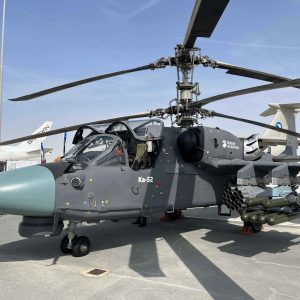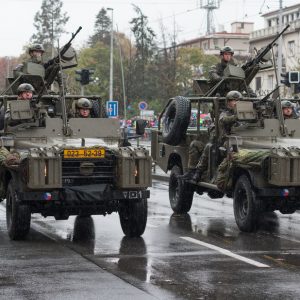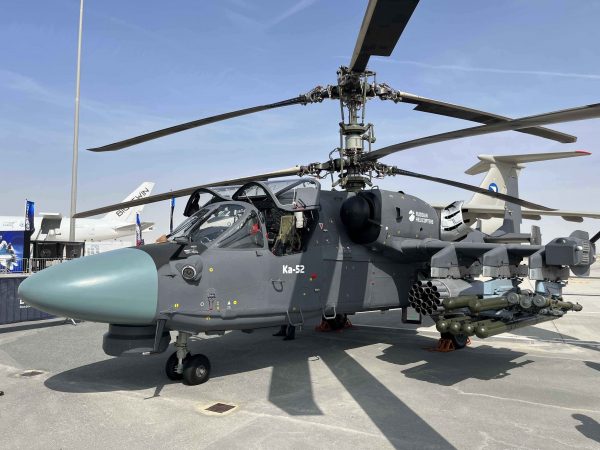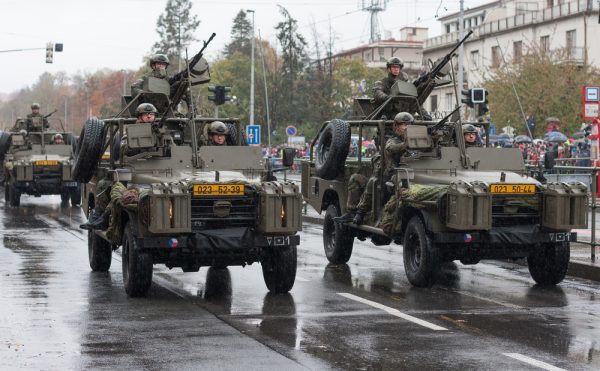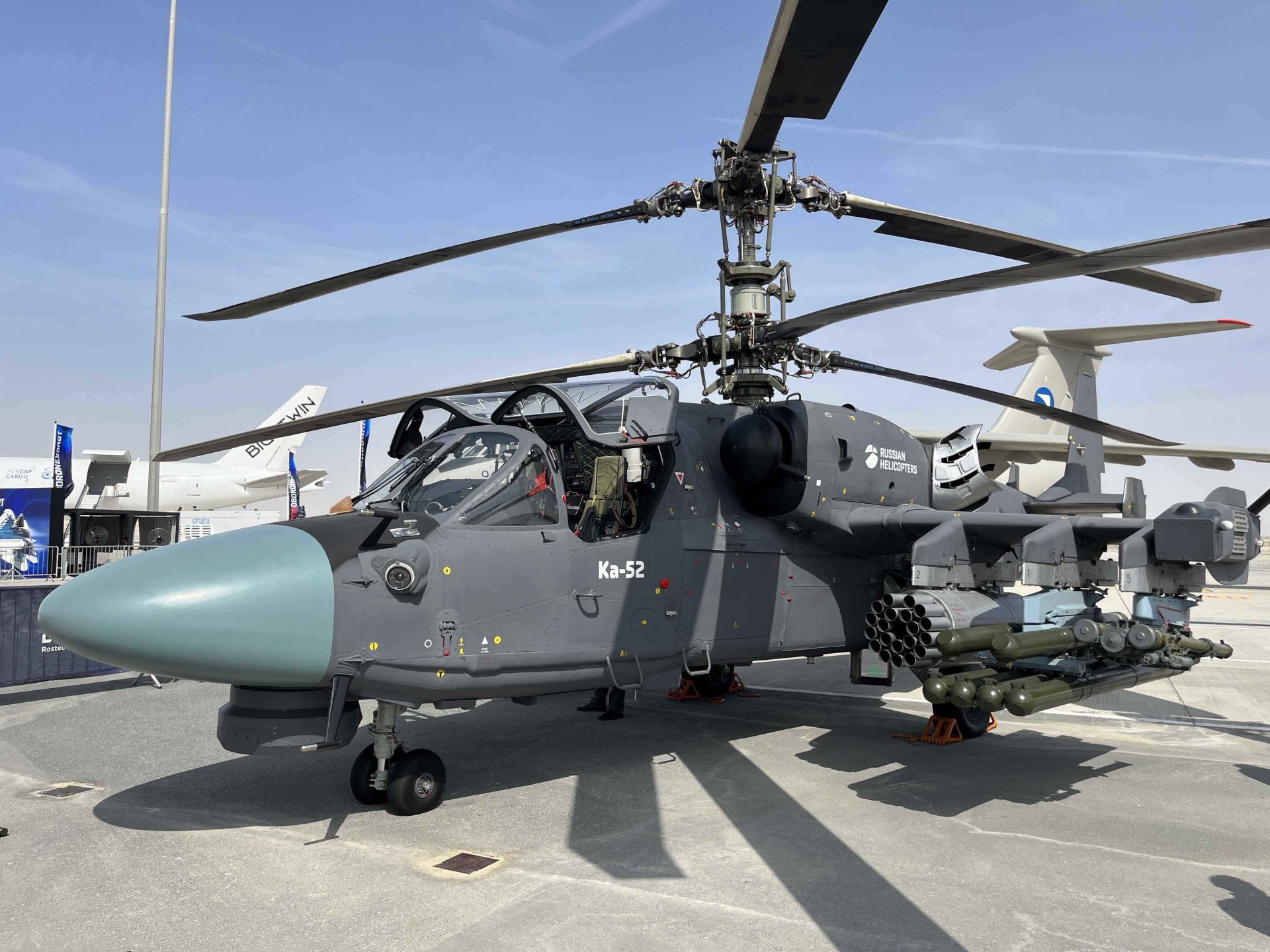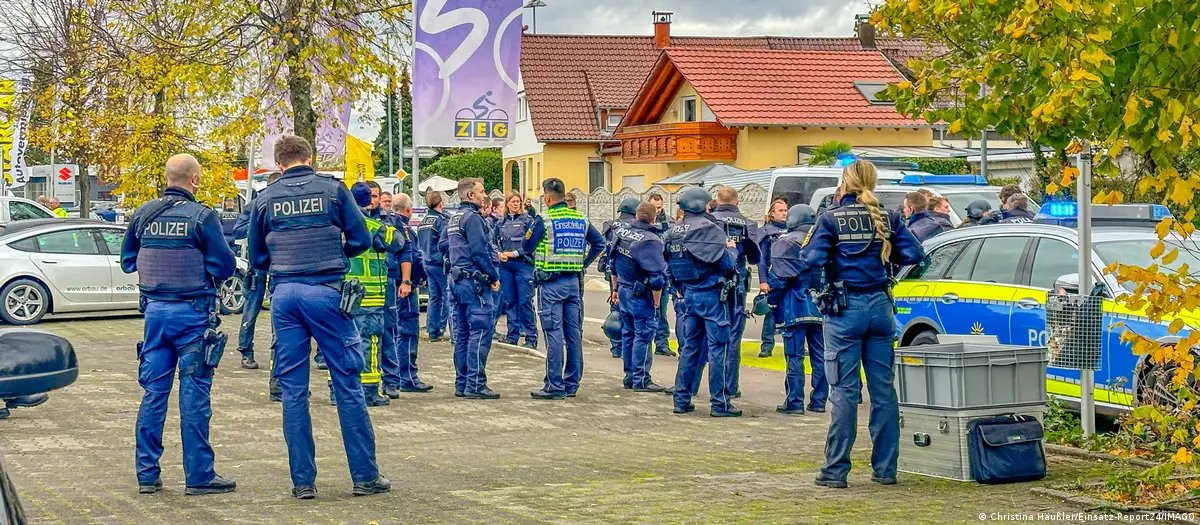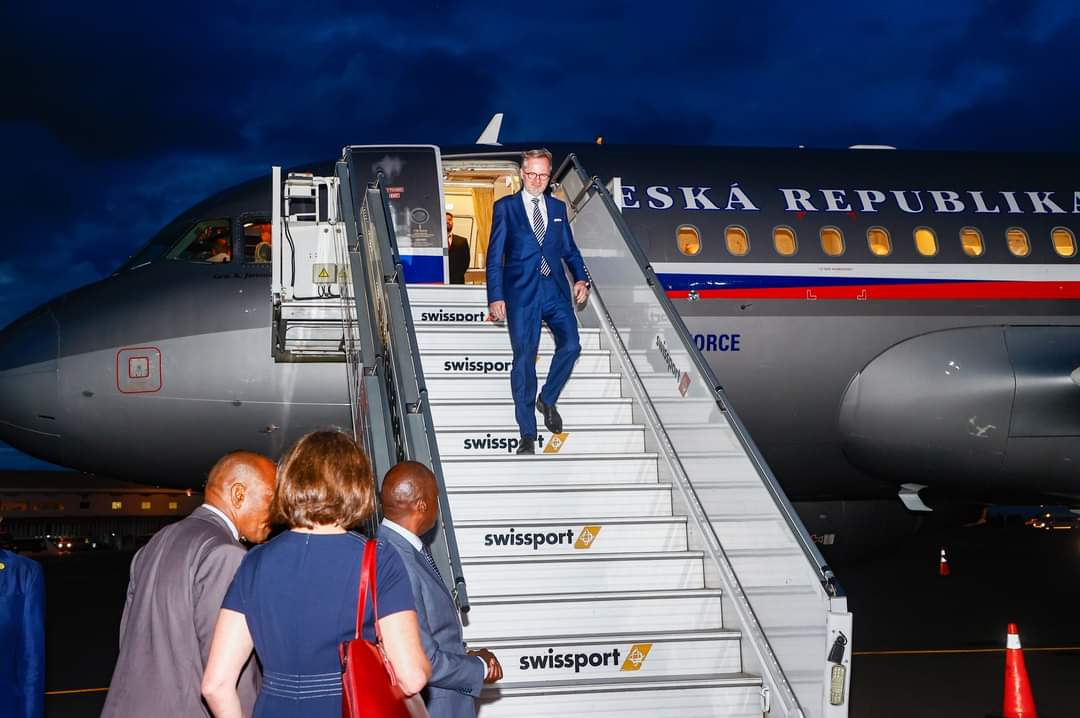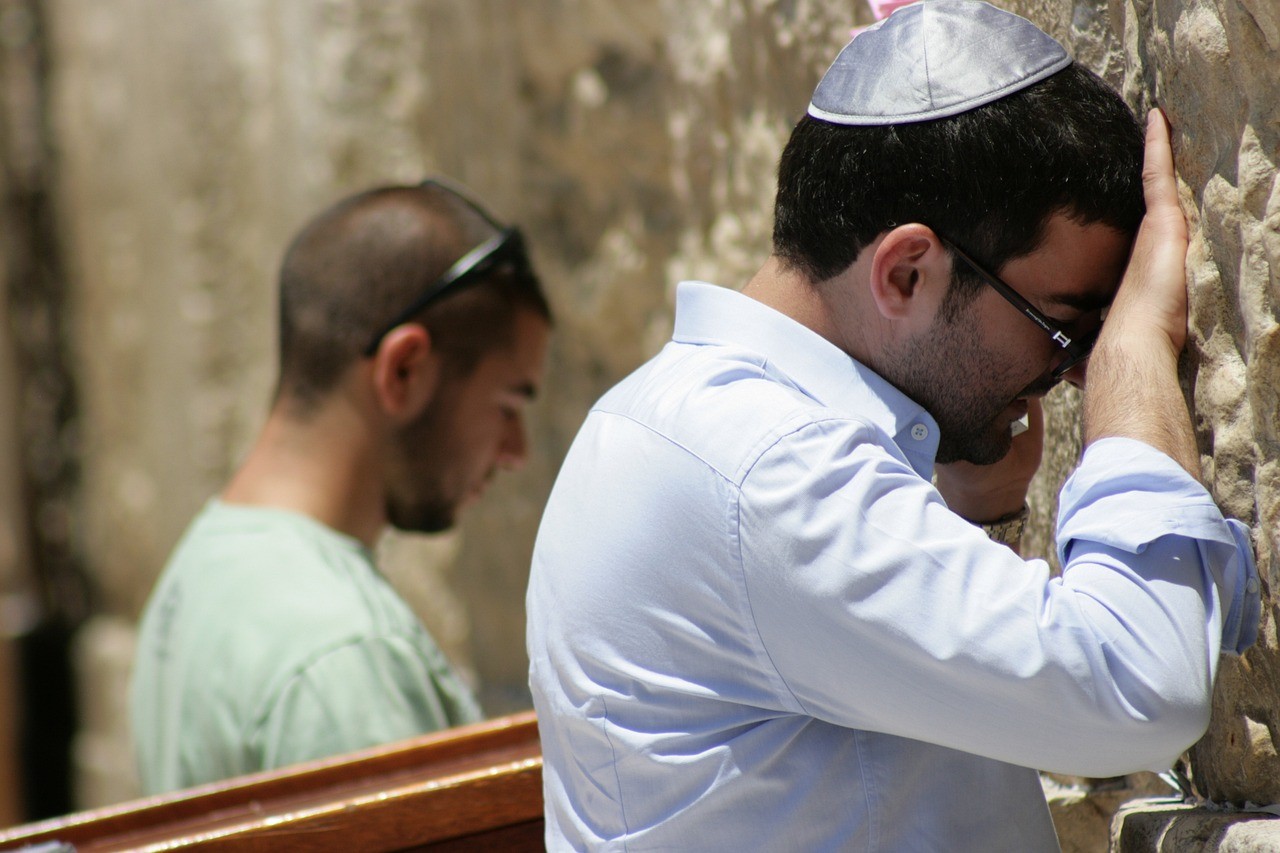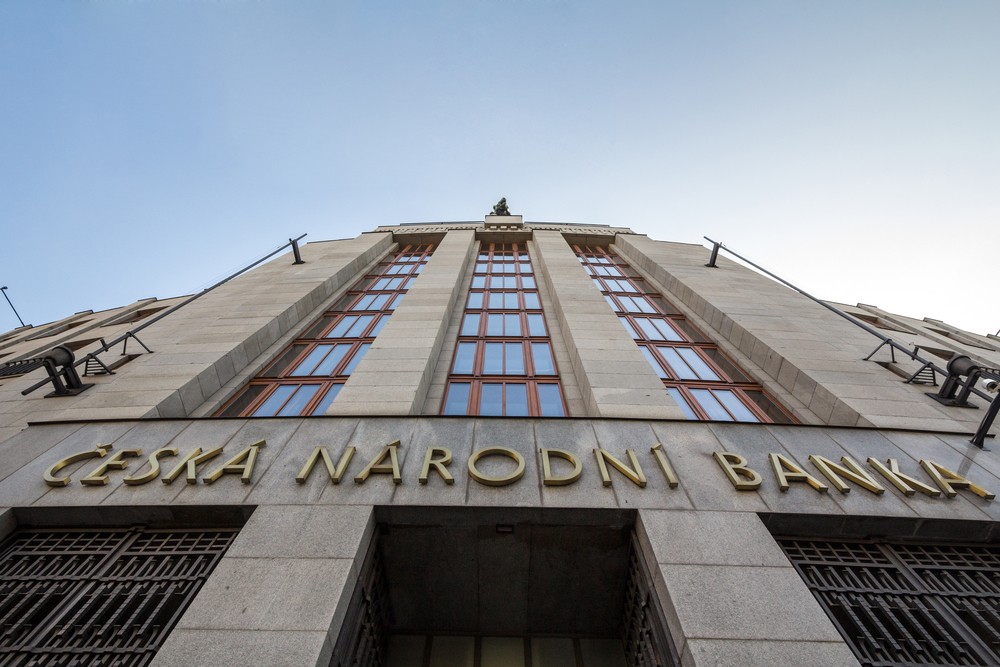ROSWELL (New Mexico). Baumgartner landed in a desert area of the U.S. state of New Mexico, just about 15 minutes by helicopter from his launch site at Roswell International Air Center. As the ecstatic team gathered in Mission Control to welcome his return, technical project director Art Thompson commented: “It’s hard not to get emotional about today. We are just so glad to have Felix back on the ground after a long week with significant weather challenges. The crew did a great job.”
The test launch was twice delayed due to thunderstorms, wind and rain. But the team of aerospace experts was never discouraged, well aware that even Space Shuttle launches sometimes faced several days of postponement. Baumgartner’s successful test is proof that patience pays off.
The balloon for Baumgartner’s final ascent will rise as tall as a skyscraper – requiring surface winds of no more than 4 miles / 6.5 kilometers per hour to avoid endangering its delicate plastic envelope. The date for the record jump is now subject to favorable weather conditions and critical post-jump assessments of the capsule and equipment.
Today’s successful test, with a balloon over four times as large as the one that carried the pilot at the first test flight in March, delivered new insights for the progress of the project and also new research data for the benefit of aerospace research.
“It was a rough couple of days and an exhausting endeavor. I am now really excited. It has always been a dream of mine. Only one more step to go,” Baumgartner said after the successful landing.
Pending official data review and confirmation, the leap from over 96,640 feet / 29,455 meters takes Baumgartner past Russia’s Yevgeny Andreyev (83,523 feet / 25,458 meters) to make him only the second man to have successfully completed a jump from such an altitude. His planned freefall from 120,000 feet / 36,576 meters would finally break the record of 102,800 feet set 52 years ago by the only man who has jumped from a higher altitude, Baumgartner’s mentor Joe Kittinger.

